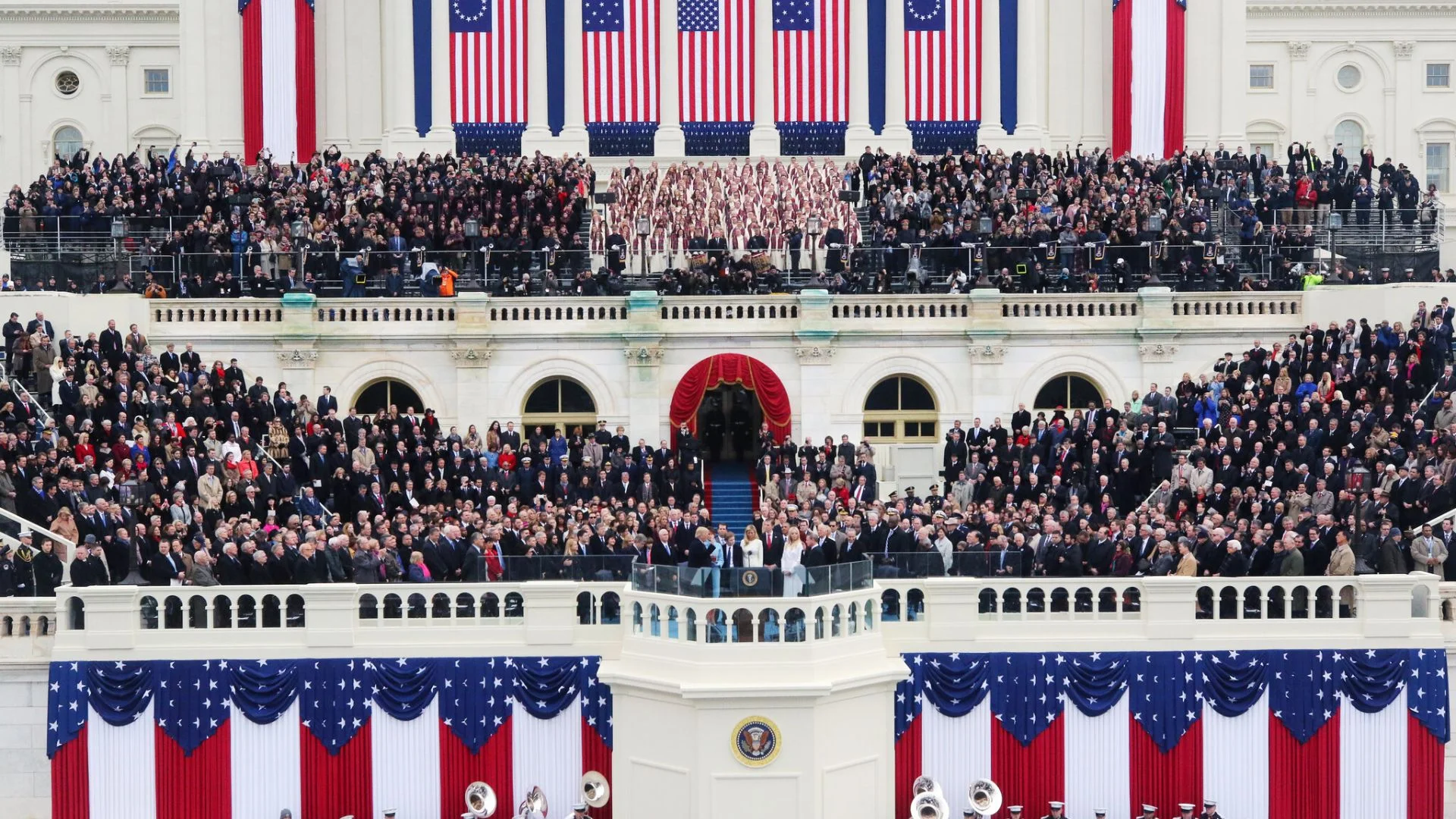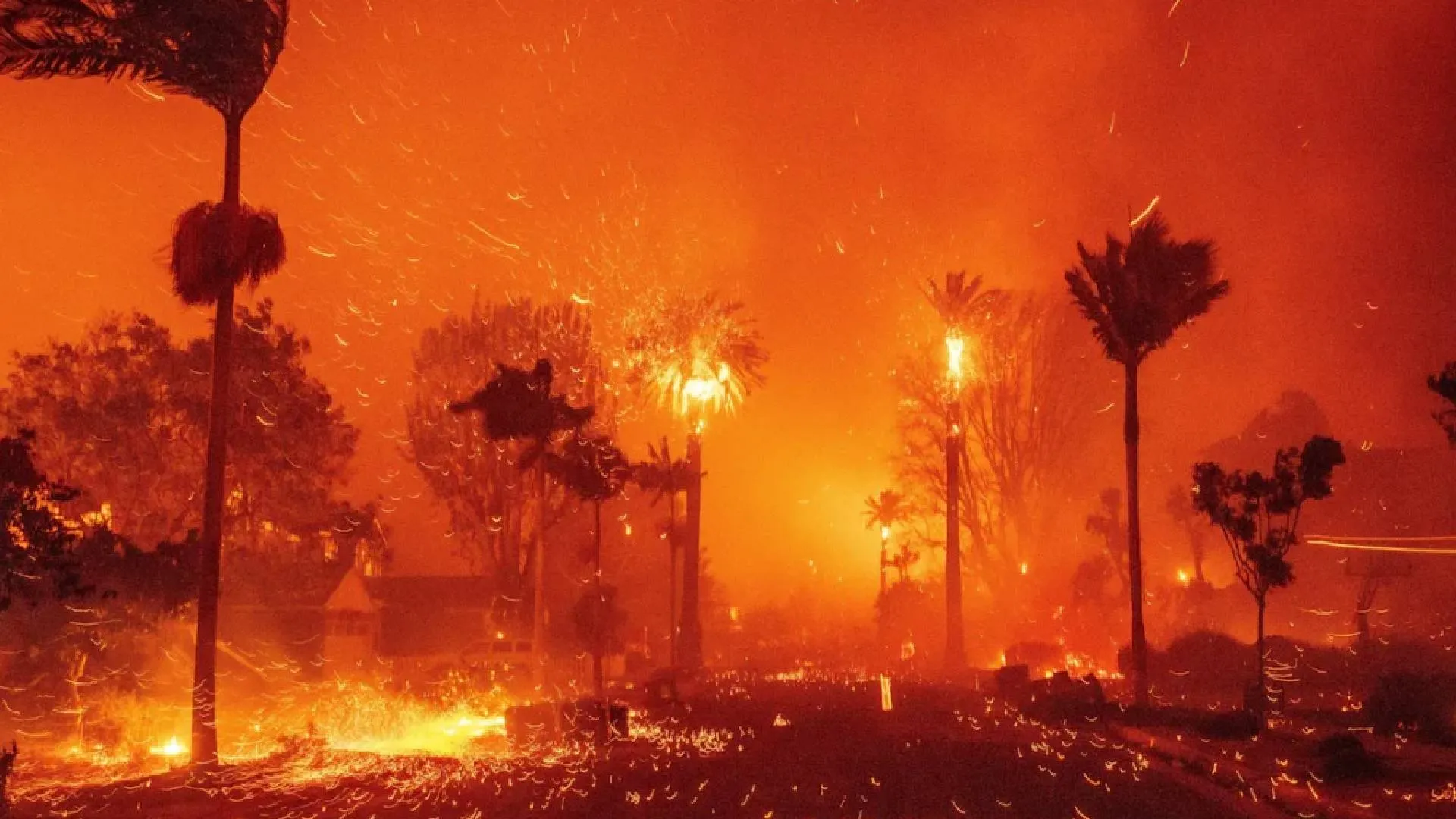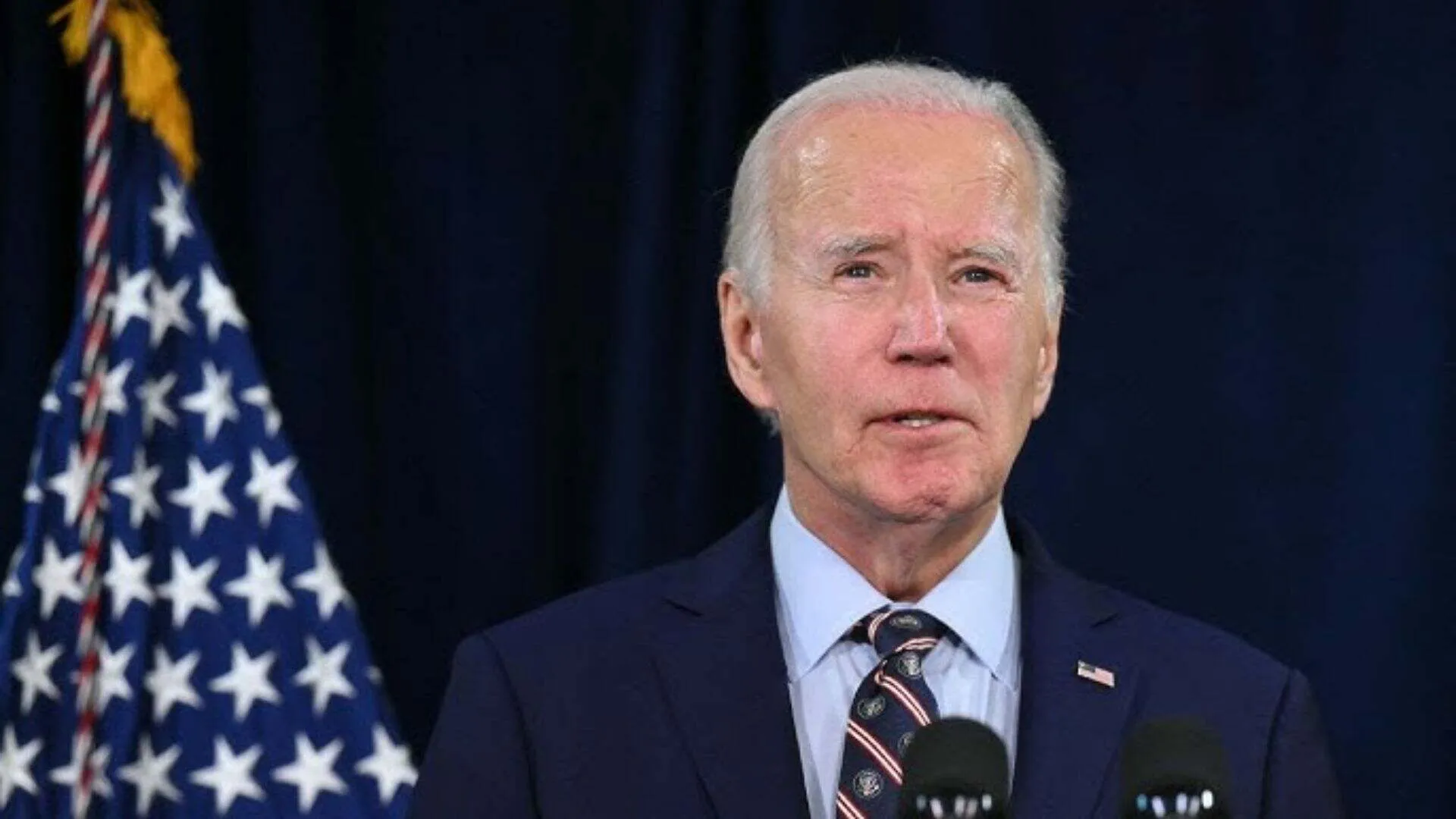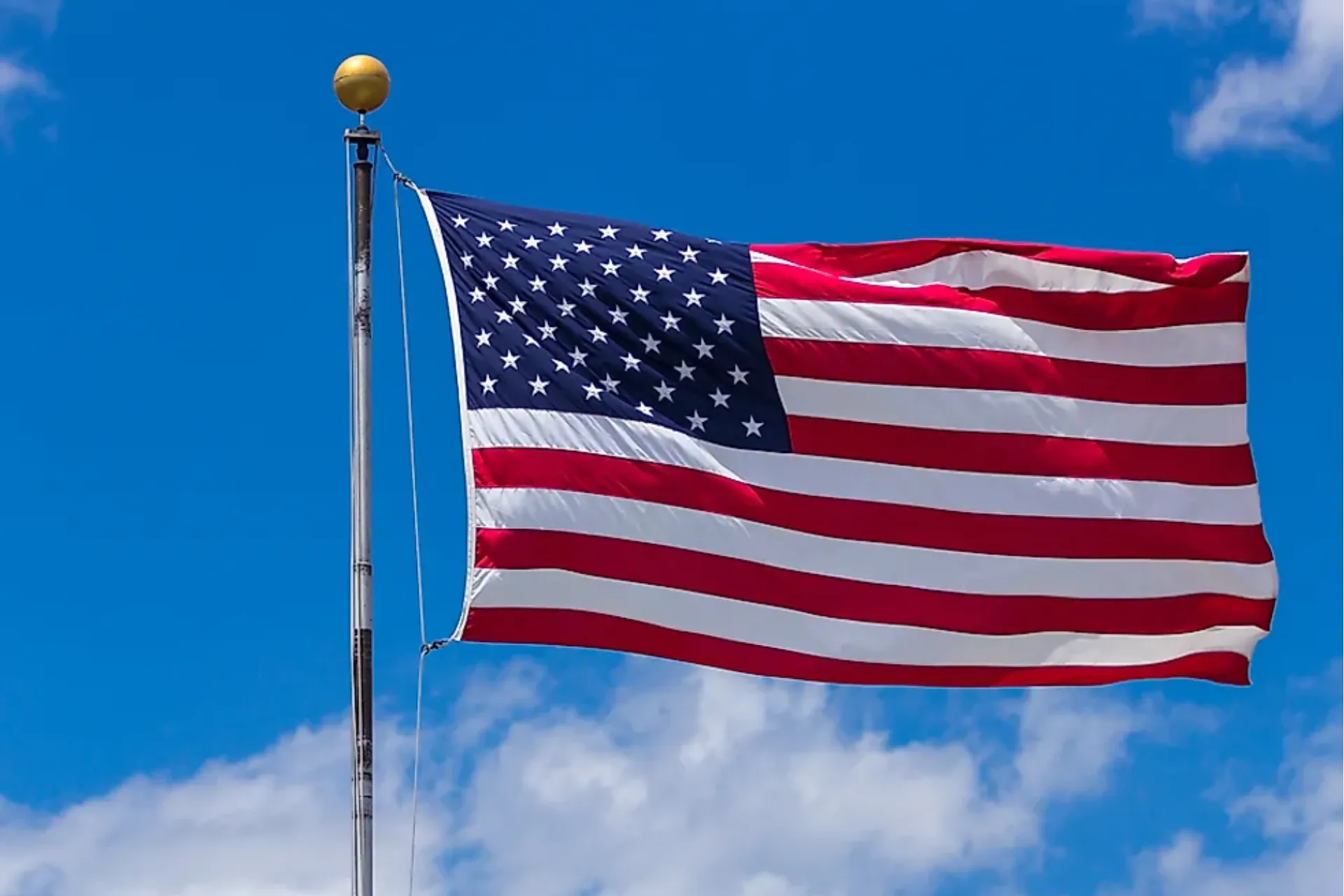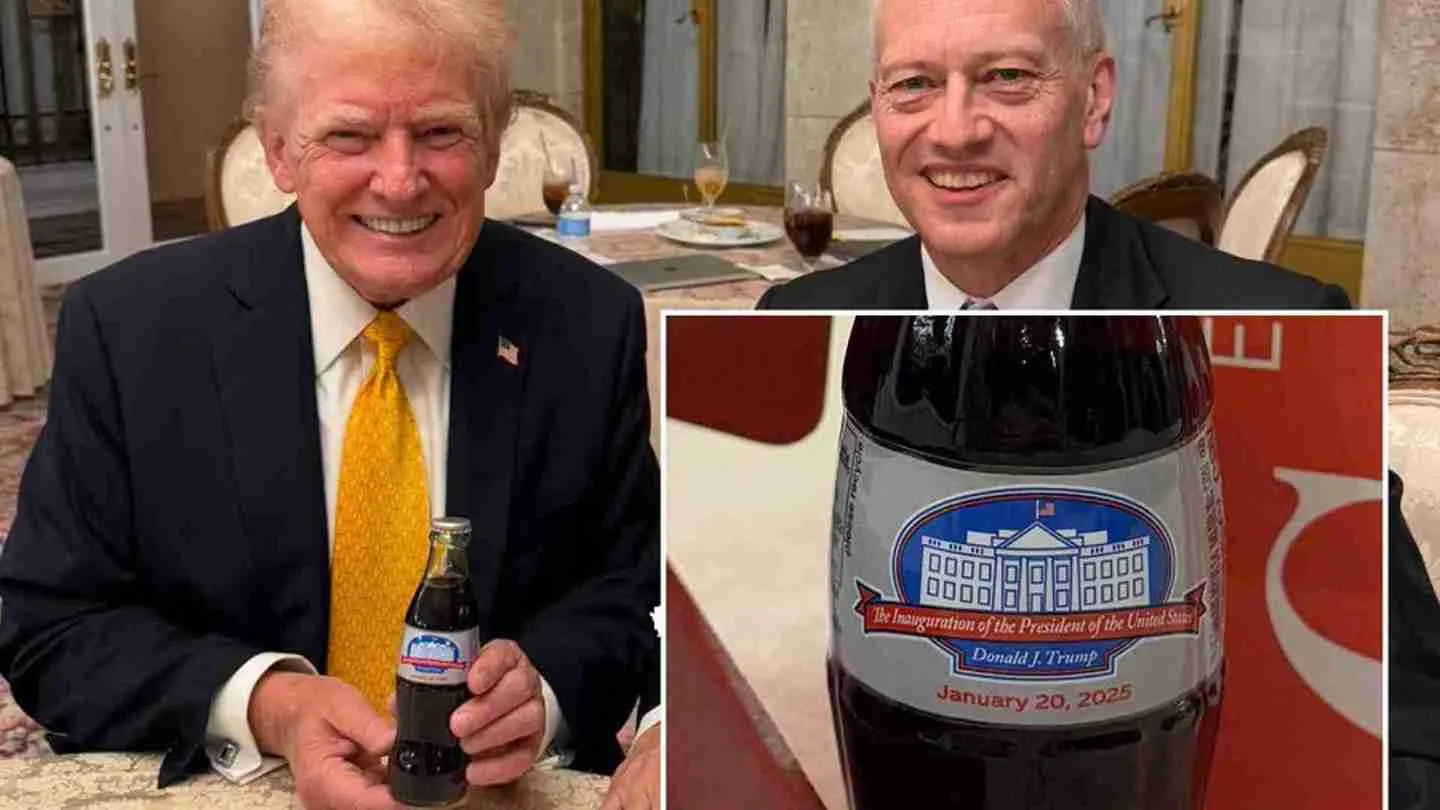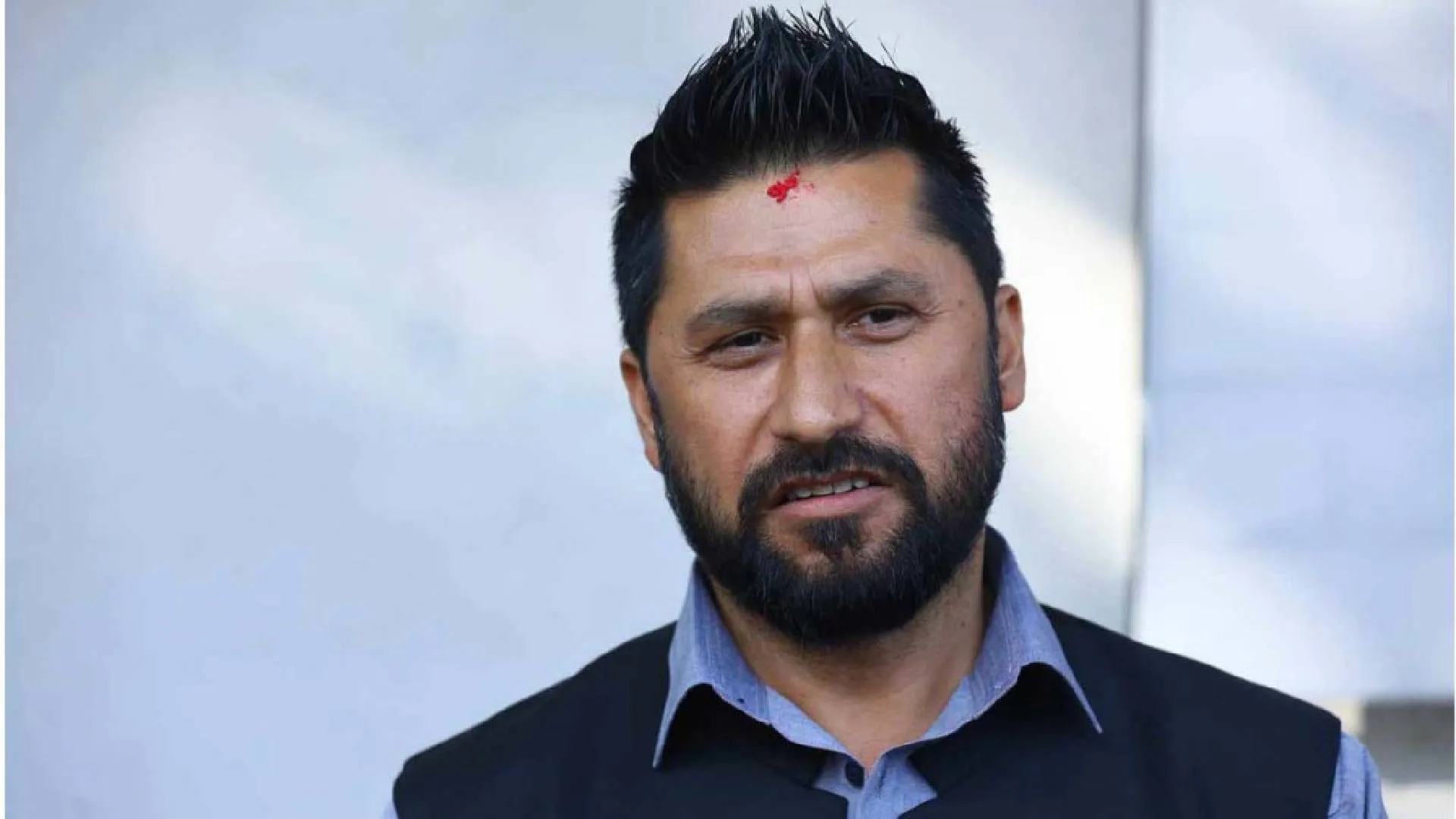Unlike many nations where new leaders take office quickly after elections, the United States observes an 11-week transition between November elections and the January inauguration. This deliberate period may seem lengthy, but it’s actually shorter than the four-month wait originally set by the US Constitution.
Historical Roots of Election Day
The US holds federal elections on the first Tuesday of November, a date set by law in 1845 to accommodate an agrarian society. Early November was ideal for farmers who had completed their harvest, and Tuesday was chosen to avoid conflicts with religious observances on Sunday and market days on Wednesday. In the mid-1800s, this timing also allowed rural voters a day for travel to polling places.
Shortening the Lame-Duck Period
During the Great Depression, the lengthy “lame duck” period, when outgoing presidents retained power before new leadership took over, faced criticism. The 20th Amendment, ratified in 1933, reduced this period by moving inauguration day to January 20, creating a shorter timeline for transitioning power.
A Practical Timeline for Preparation
The weeks following the election allow the president-elect and their team to prepare for governance, appointing cabinet members, developing policies, and planning for the incoming administration’s priorities. The extended period also accommodates the Electoral College process, which officially determines the winner weeks after the popular vote. While this timeline delays the formal start of a new presidency, the president-elect is provided with essential briefings, funding, and access to the outgoing administration for a smooth handover.
This carefully designed transition period, though rooted in historical and logistical needs, ensures that each administration is ready to govern from day one, balancing continuity with preparedness for the challenges ahead.

